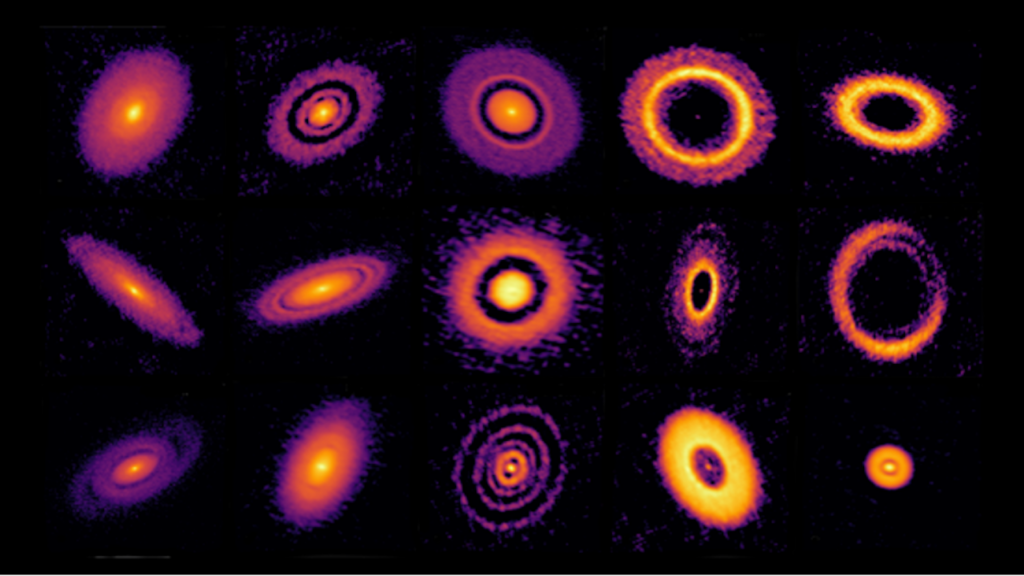Hazy With A Chance Of Star Spots: Constraining The Atmosphere Of The Young Planet, K2-33b

Although all-sky surveys have led to the discovery of dozens of young planets, little is known about their atmospheres. Here, we present multi-wavelength transit data for the super Neptune-sized exoplanet, K2-33b — the youngest (~10 Myr) transiting exoplanet to-date.
We combined photometric observations of K2-33 covering a total of 33 transits spanning >2 years, taken from K2, MEarth, Hubble, and Spitzer. The transit photometry spanned from the optical to the near-infrared (0.6-4.5μm), enabling us to construct a transmission spectrum of the planet.
We find that the optical transit depths are nearly a factor of two deeper than those from the near-infrared. This difference holds across multiple datasets taken over years, ruling out issues of data analysis and unconstrained systematics. Surface inhomogeneities on the young star can reproduce some of the difference, but required spot coverage fractions (>60%) are ruled out by the observed stellar spectrum(<20%).
We find a better fit to the transmission spectrum using photochemical hazes, which were predicted to be strong in young, moderate-temperature, and large-radius planets like K2-33b. A tholin haze with CO as the dominant gaseous carbon carrier in the atmosphere can reasonably reproduce the data with small or no stellar surface inhomogeneities, consistent with the stellar spectrum. The HST data quality is insufficient for the detection of any molecular features. More observations would be required to fully characterize the hazes and spot properties and confirm the presence of CO suggested by current data.
Pa Chia Thao, Andrew W. Mann, Peter Gao, Dylan A. Owens, Andrew Vanderburg, Elisabeth R. Newton, Yao Tang, Matthew J. Fields, Trevor J. David, Jonathan M. Irwin, Tim-Oliver Husser, David Charbonneau, Sarah Ballard
Comments: Accepted to AJ. 26 pages, 14 figures, 6 tables
Subjects: Earth and Planetary Astrophysics (astro-ph.EP); Solar and Stellar Astrophysics (astro-ph.SR)
Cite as: arXiv:2211.07728 [astro-ph.EP] (or arXiv:2211.07728v1 [astro-ph.EP] for this version)
https://doi.org/10.48550/arXiv.2211.07728
Focus to learn more
Submission history
From: Pa Chia Thao
[v1] Mon, 14 Nov 2022 19:57:14 UTC (5,296 KB)
https://arxiv.org/abs/2211.07728
Astrobiology




![Measuring Interstellar Carbon Abundance via 158 um [CII] Absorption with SOFIA](https://astrobiology.com/wp-content/uploads/2025/05/Measuring-Interstellar-Carbon-Abundance-1024x575.png)



